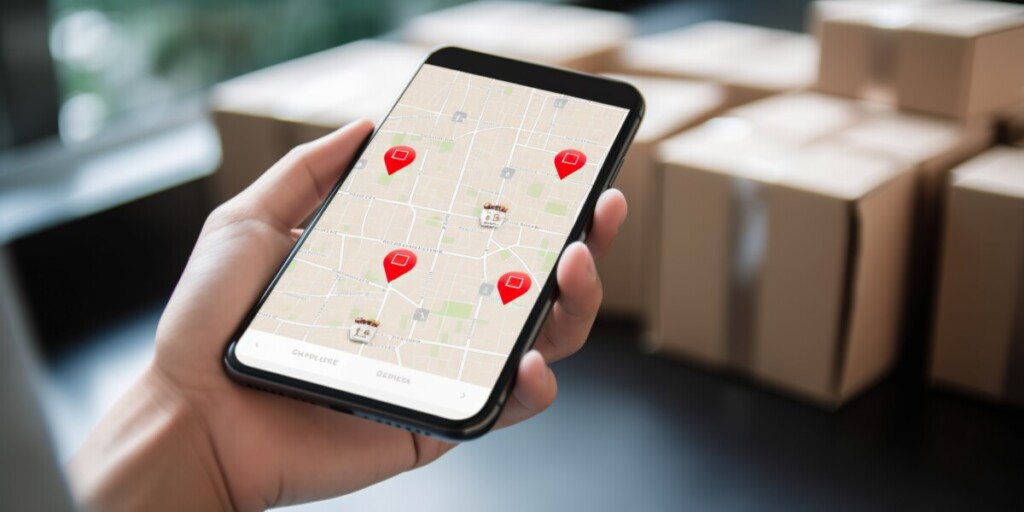Periodic vs Real-Time Asset Tracking: Which is Right for Your Business?

Asset tracking is all about keeping an eye on your most important items and making informed decisions based on the data you collect. Whether you’re tracking high-value inventory, monitoring the location of vehicles, or ensuring the safety and compliance of critical equipment, IoT asset tracking gives you the power to stay in control, reduce risk, and optimize your operations.
Asset tracking essentially involves IoT sensors or tags gathering data on the location and condition of your assets. When it comes to gathering said data, there are two primary methods: periodically or in real time.
As always, what works best for your deployment depends on your own unique business needs. Some applications need continuous status updates, while others require only periodic readings to provide proof of life. Some deployments may need frequent temperature or equipment status updates, or alerts triggered by specific events, while others may simply need to know if an asset arrived at its intended destination at all.
Two broad questions should guide your decision between periodic or real-time asset tracking: How frequently is the information needed, and how quickly? The answers may vary depending on business objectives, as well as the nature and environment of the assets being tracked. Frequent information dumps require a network that copes with heavy data needs, for example, while intermittent, slower information flows may not.
How Quickly is the Information Needed?
The frequency with which businesses need information ranges from real time to delayed and periodic. “Real time” data is transmitted within micro- or milliseconds, which should not be confused with data that is provided “instantly,” which denotes transfers within seconds. The difference is subtle but can make a world of difference for an IoT deployment. Data can also be sent “as soon as possible” (within minutes/hours) or on a delayed daily, weekly, or monthly schedule.
Periodic Asset Tracking
Periodic asset tracking sees IoT sensors or tags send updates at regular intervals. This is achieved through low-power, wide-area networks which are designed to be energy-efficient and long-lasting, eliminating the need for frequent battery replacements and ensuring reliable long-range connectivity. This is perfect for assets that are located in remote locations or are otherwise difficult to reach. For example, in the food industry, periodic tracking is used to check on the temperature and quality of in-transit perishable goods. In agricultural settings, meanwhile, periodic asset tracking is ideal for monitoring livestock migrations or tracking mobile water tanks and commercial generators.
There are many forms of periodic asset tracking, including:
- Proof-of-life tracking: is appropriate for low-risk assets that don’t need to be regularly monitored. One example could be a backup generator used for emergency power in a data center or a hospital. Since it’s not used daily, the generator likely does not require constant monitoring, though given its function, it is still critical to ensure that it is functional and operational in case of an emergency power outage. Monthly updates on its maintenance schedule, fuel levels, and status of any repairs or upgrades would provide sufficient information to ensure that the generator can be relied upon when needed.
- Hourly, daily, or weekly updates: are ideal for assets that need more regular monitoring. In construction, for example, heavy machinery and equipment may be left at job sites for extended periods. Daily or weekly updates on the status and location of the assets can allow businesses to plan and allocate resources better. If the machinery is being transported between sites, hourly updates could help reduce the risk of theft and ensure that the machinery is always where it needs to be.
- Incident-response tracking: is an effective way to maintain the safety and security of stationary equipment such as vending machines and point-of-sale equipment. It provides alerts triggered by specific events, such as theft, vandalism, or malfunction. This type of monitoring allows for less frequent, lower-power data transmissions, which can conserve energy and extend the equipment’s battery life.

Real-Time Asset Tracking
Real-time tracking is necessary if an asset’s usage or status is critical for safety or security reasons. As the name suggests, it’s about getting up-to-the-moment updates whenever you need them. This kind of monitoring requires a constant stream of data, which allows businesses to respond to any issues as they happen. This also makes the process heavily reliant on more data-heavy networks, such as cellular, Wi-Fi, GPS satellites, or a combination thereof. It’s a good choice for assets that are constantly on the move and need to be tracked at all times. For example:
- Delivery trucks and shipping containers are an ideal use case for real-time tracking. Supply chain operators can use real-time information to adjust delivery schedules on the fly and make data-driven decisions to solve problems as they arise.
- eMobility sharing services may need real-time tracking to follow the movements of their fleets. This allows them to monitor vehicle usage and ensure efficient deployment in high-traffic areas.
- Real-time asset tracking in warehousing allows a clear understanding of the movement of goods, forklifts, stackers, trucks, and other assets. If the tracking systems include a platform with detailed analytics, planning everyday tasks will be easier.
More Than Just Tracking
The boom in the adoption of asset tracking can be partly explained by the fact that these systems offer much more than simple track-and-trace capabilities. When designed around your use-case criteria, an asset-tracking system can help keep customers loyal. From fast food to shipping freight, customer expectations for traceability are growing.
A complete asset-tracking solution can boost compliance and risk management, too. Setting alerts for when assets move out of a specified area can help bolster your organization’s compliance and risk management. These systems even have the add-on effect of helping to reduce operating costs through improved asset performance management and reduced maintenance costs.
Soracom’s team leverages years of experience in connectivity for asset-tracking systems to suit specific businesses and use cases. We ensure our customers receive the right combination of security, privacy, and administrative control. The result is peace of mind – full confidence in your devices, data, and cybersecurity.
Contact us to upgrade your asset-tracking capabilities today!
………………………..

Want to learn more about IoT asset tracking? Check out this free on-demand webinar where Soracom’s IoT Device Product Manager Dora Terjek speaks with ThingsMatrix’s Tom Burton about all things asset tracker.
Learn:
✅ The components and features of IoT asset tracker solutions
✅ Real-world use cases of asset tracking in various industries
✅ How to choose the right solution for your business
✅ The crucial role of connectivity in IoT asset tracking
Catch it all here.



